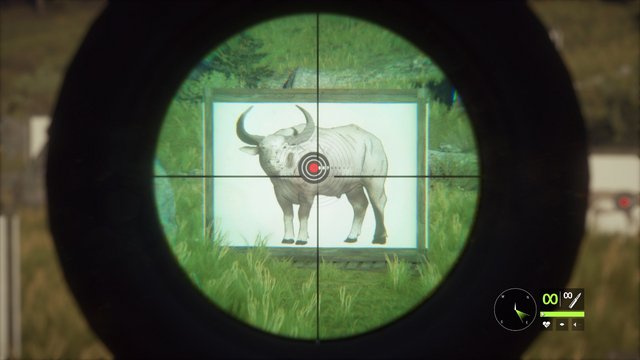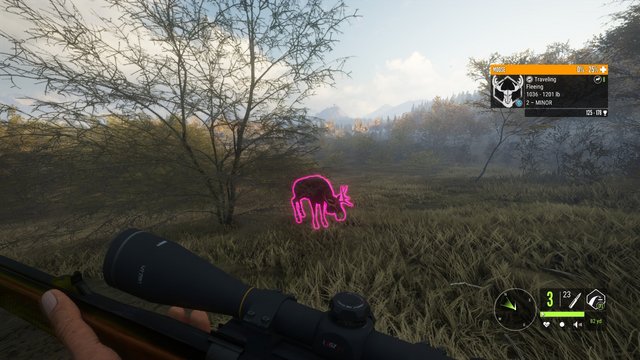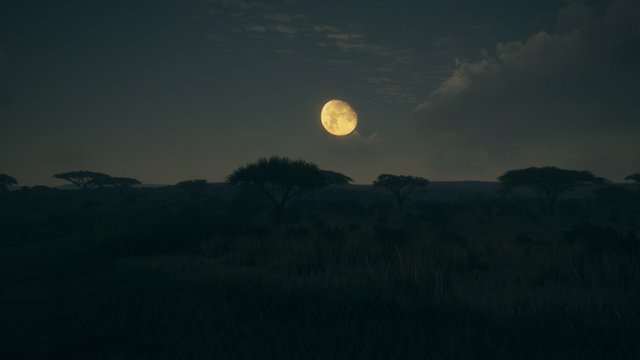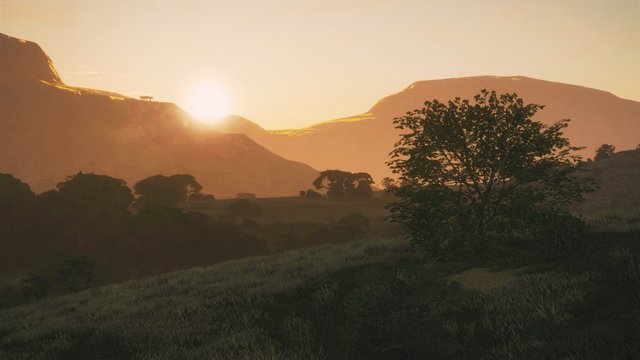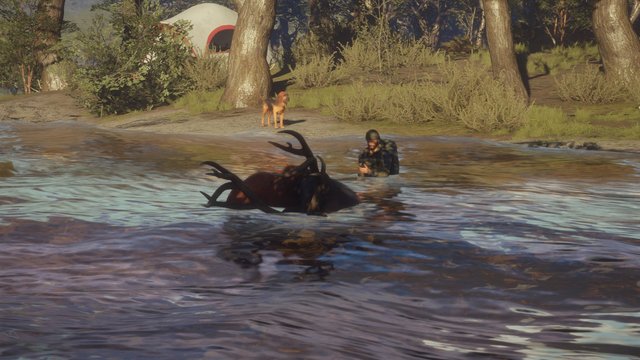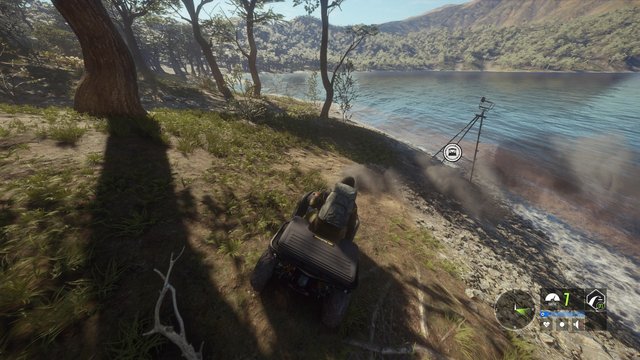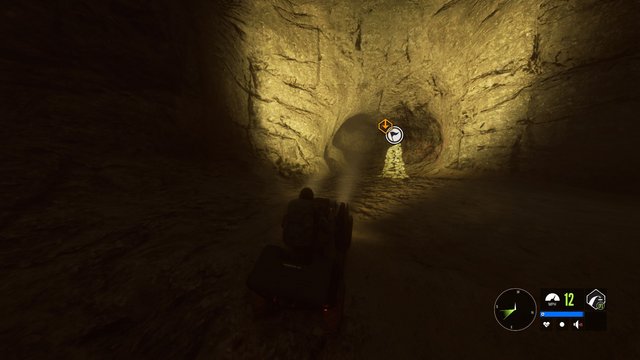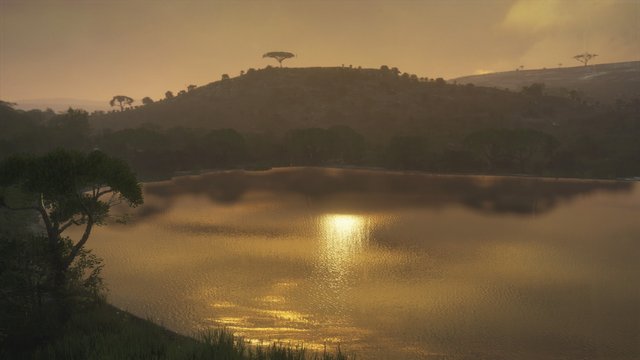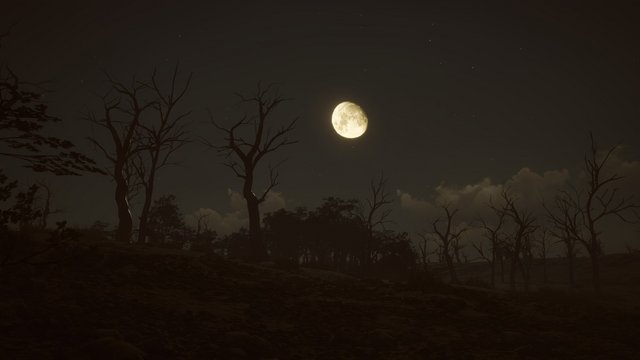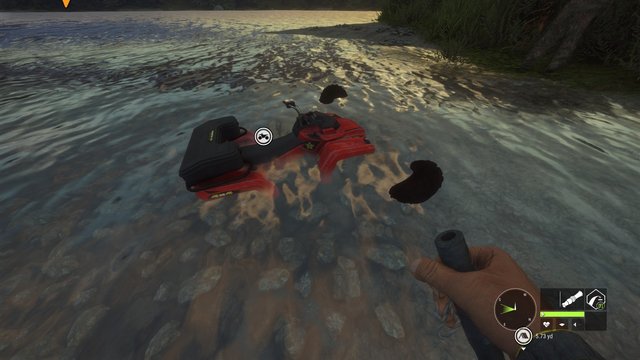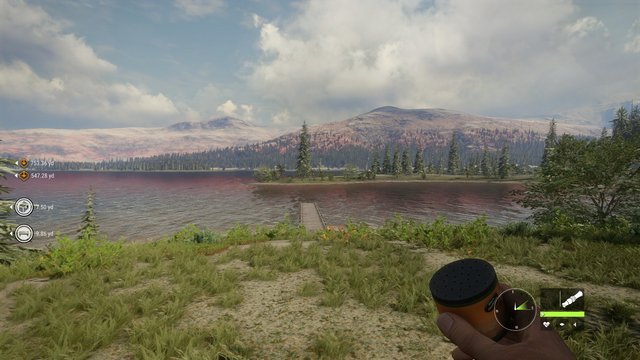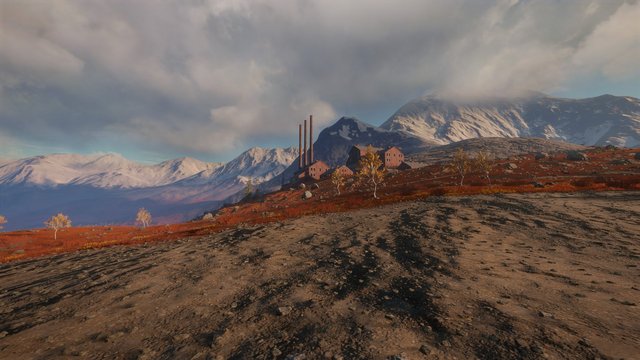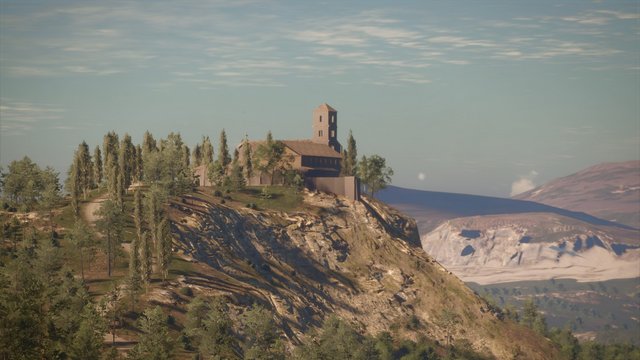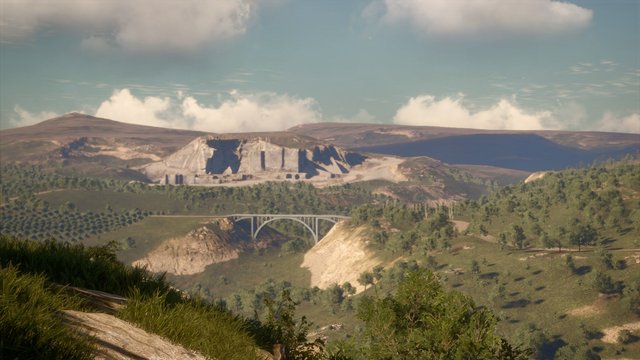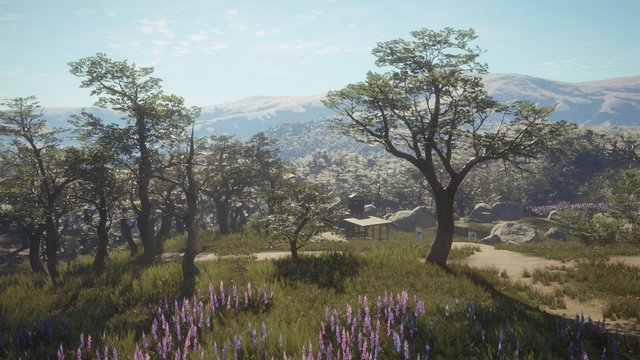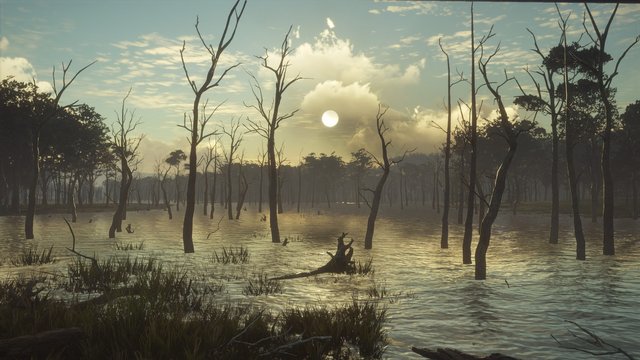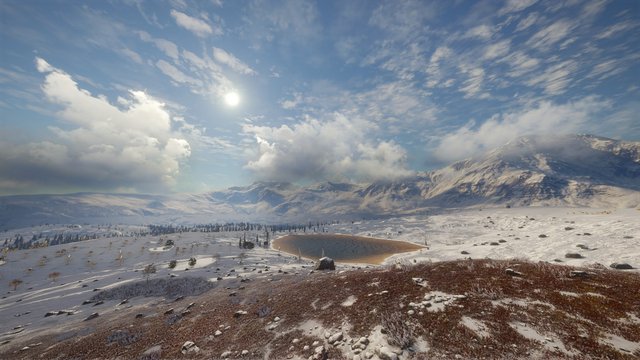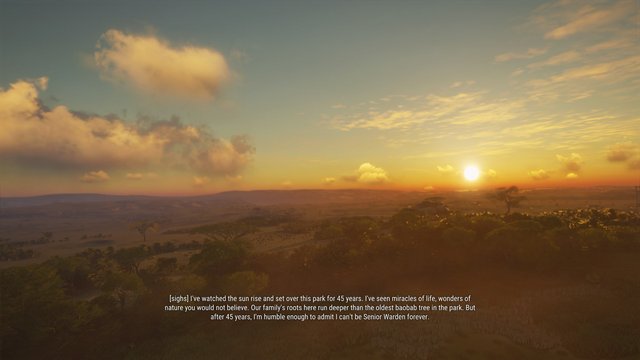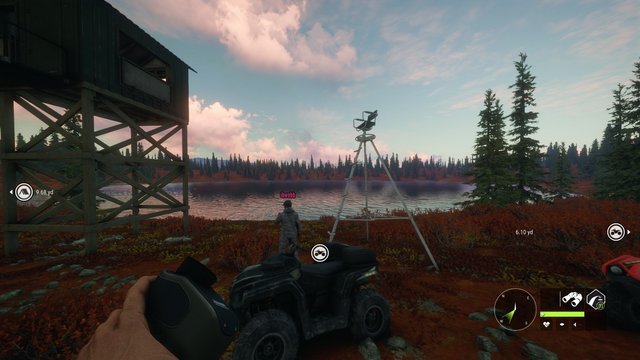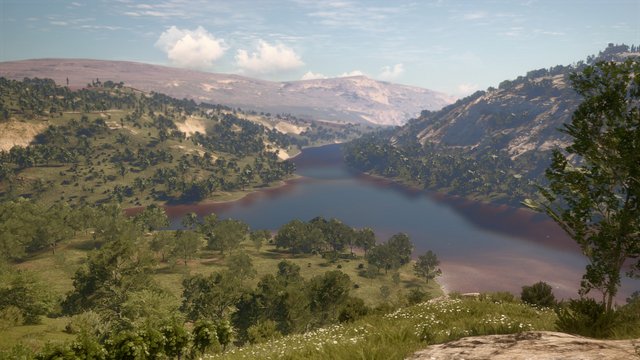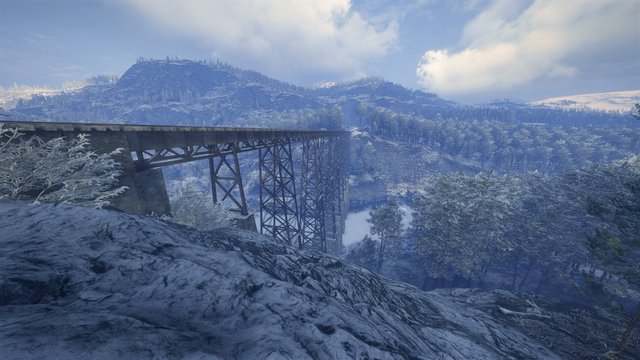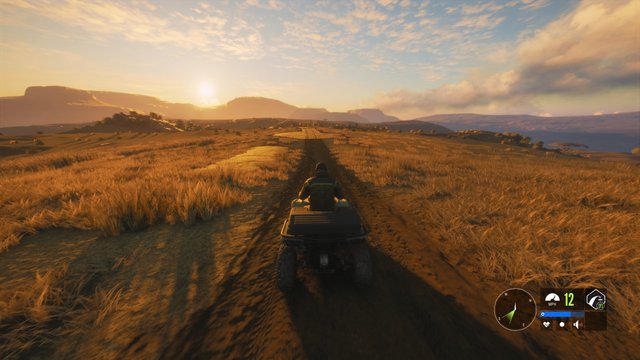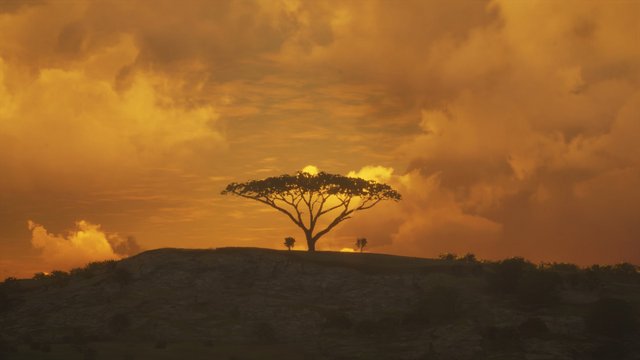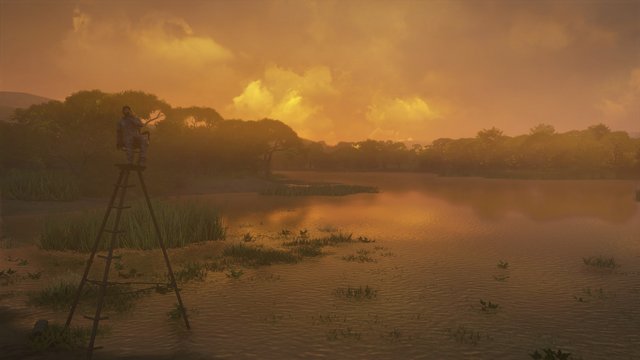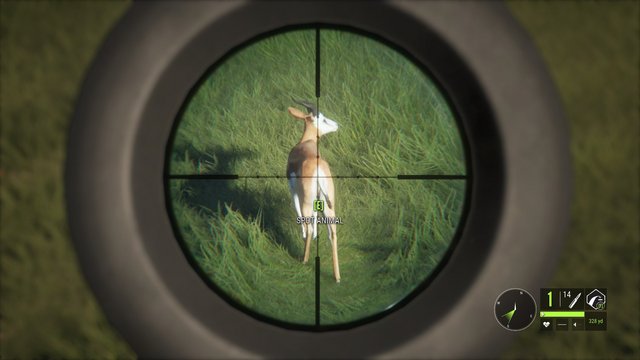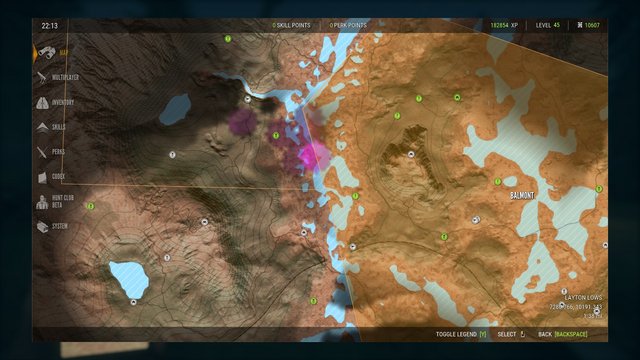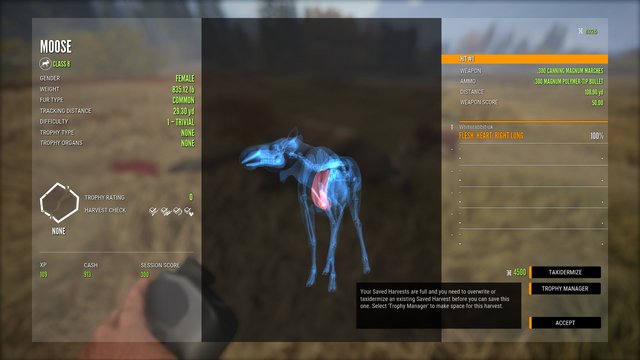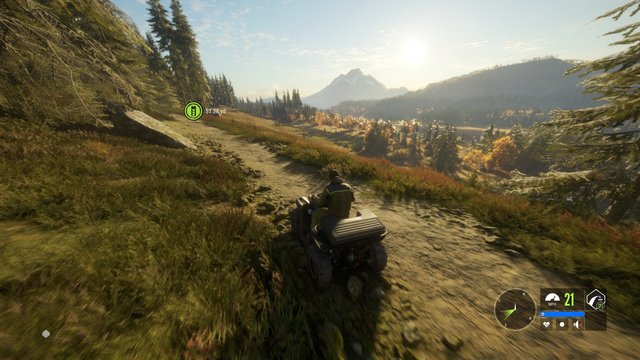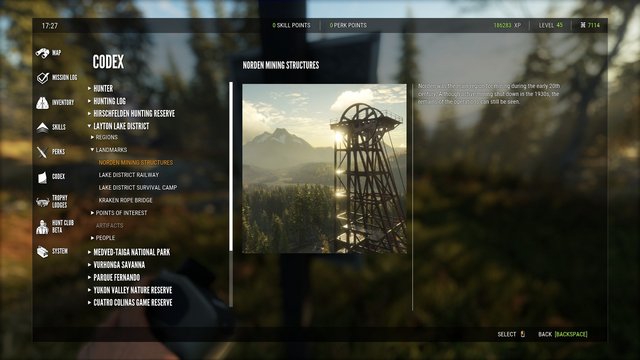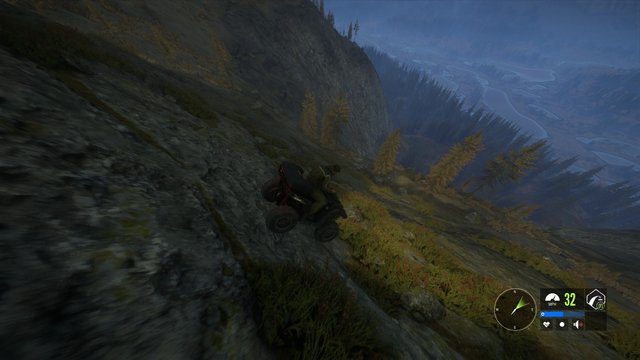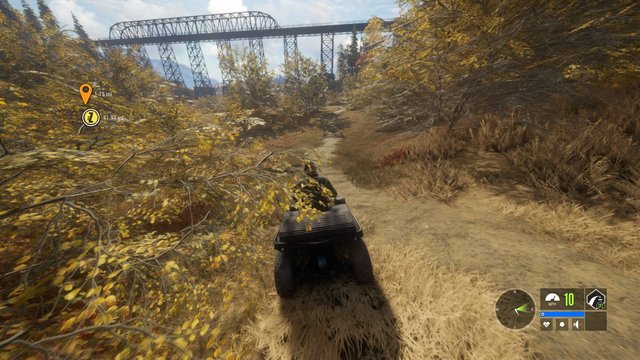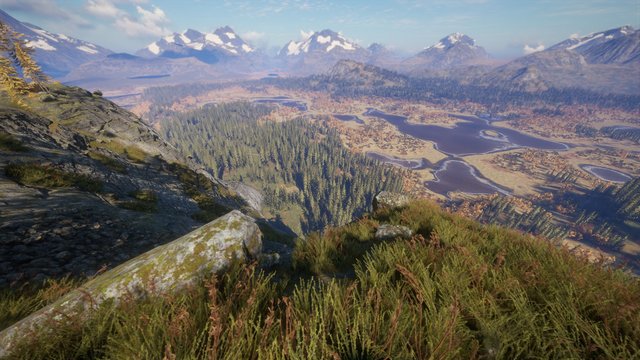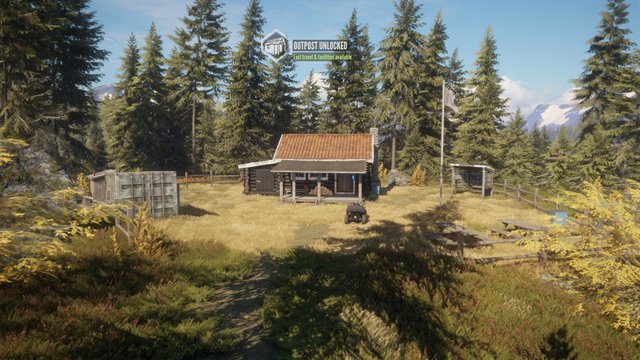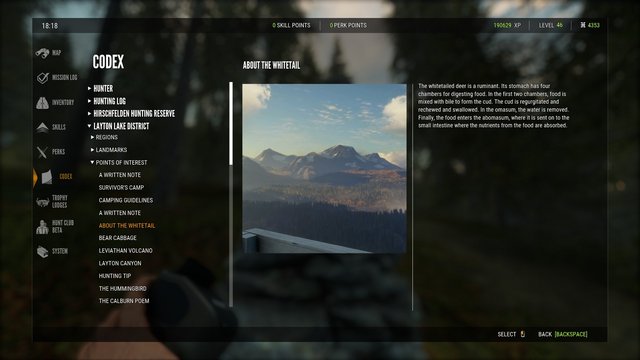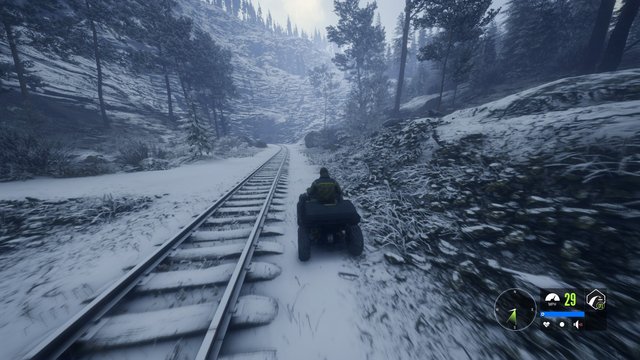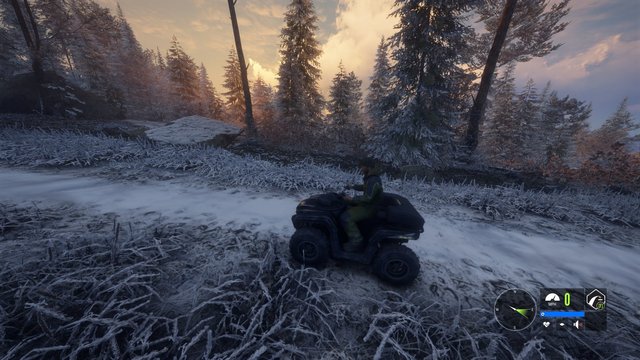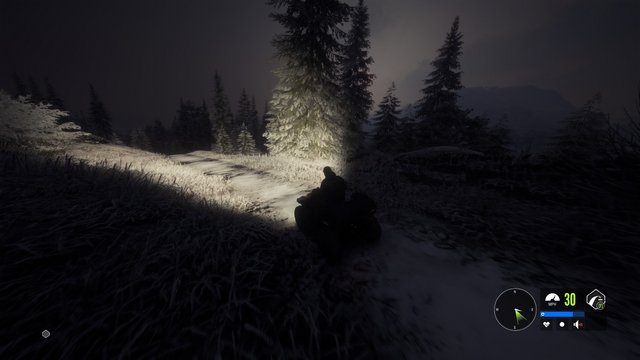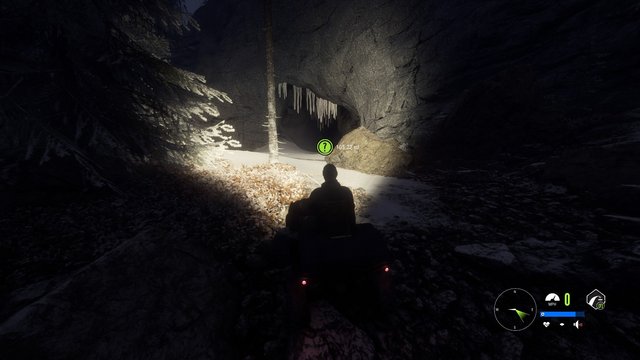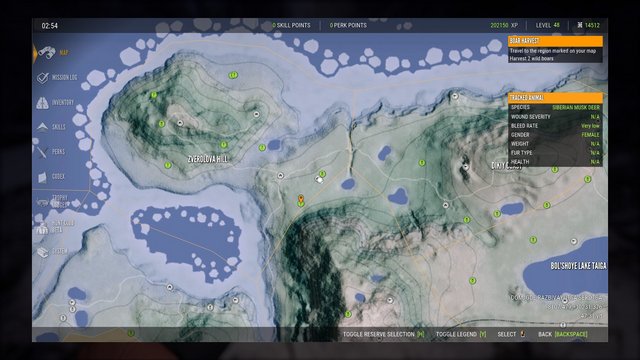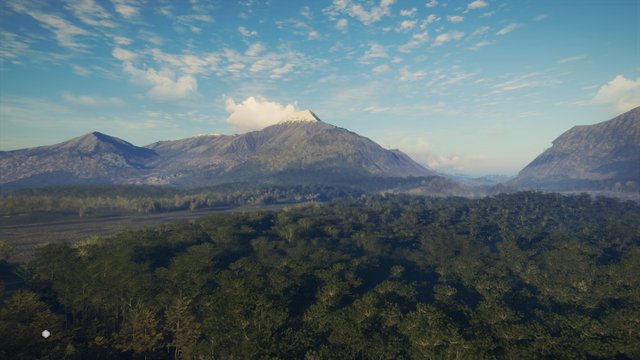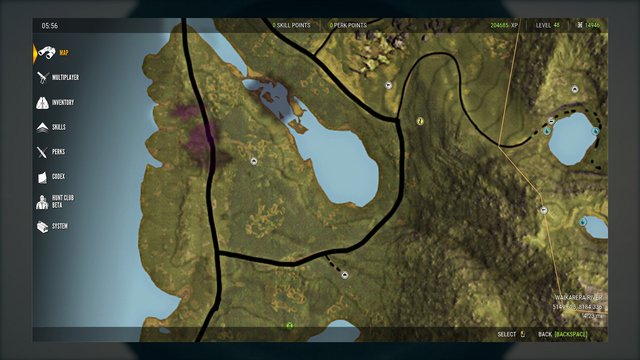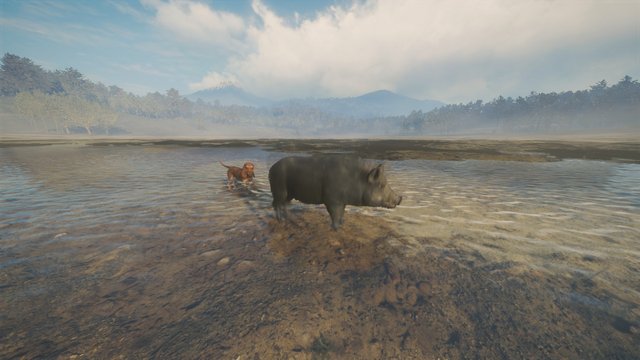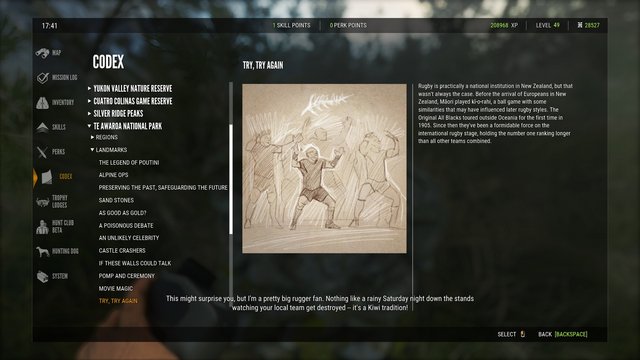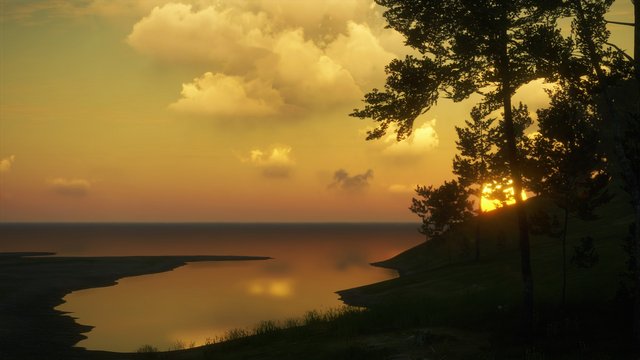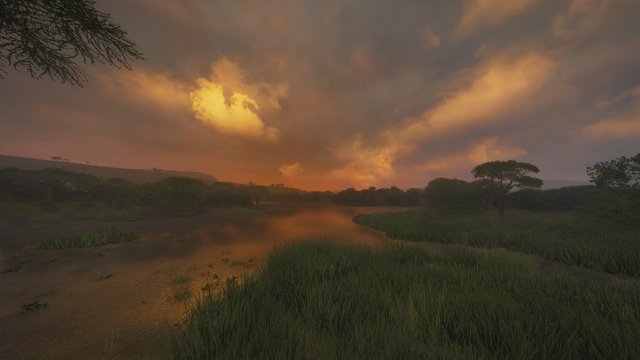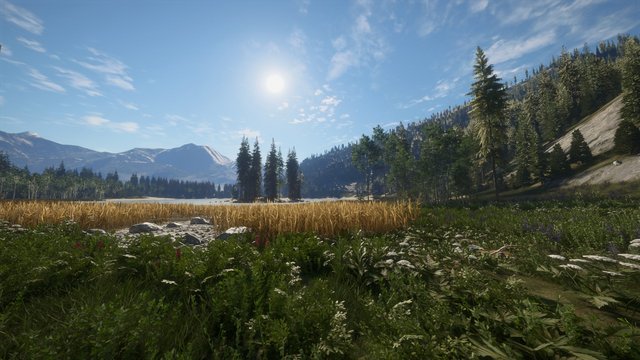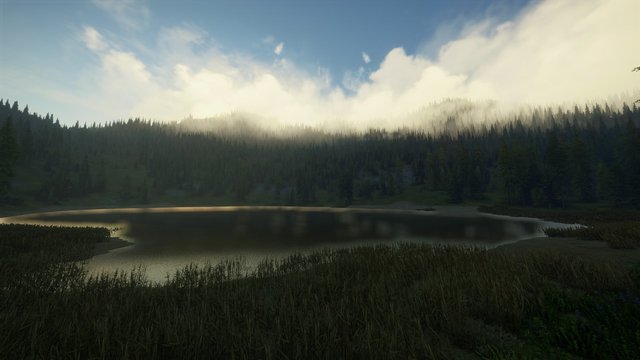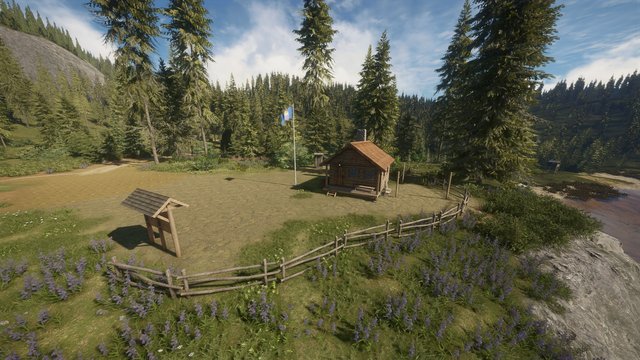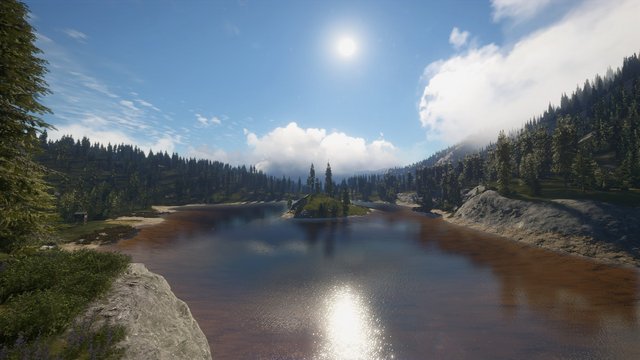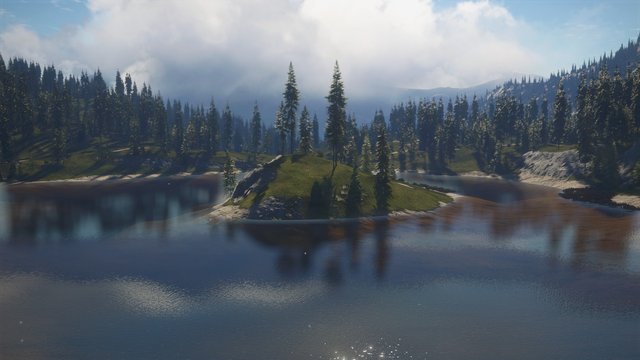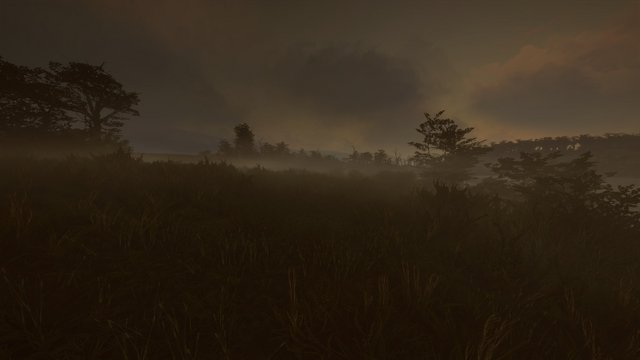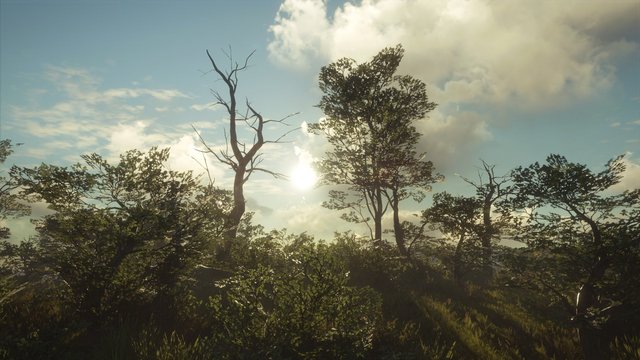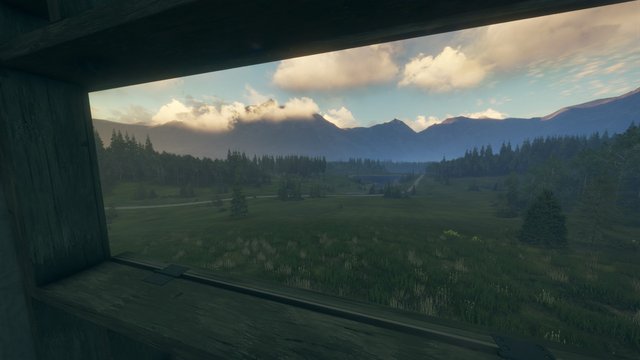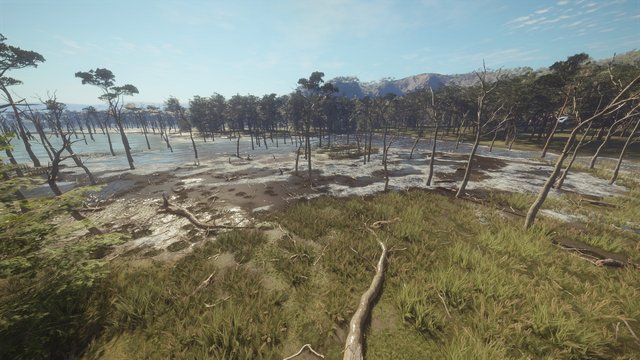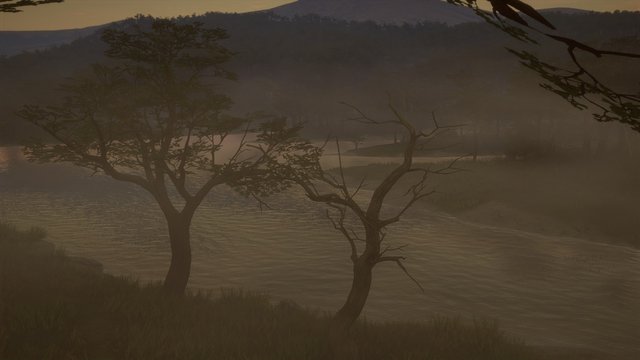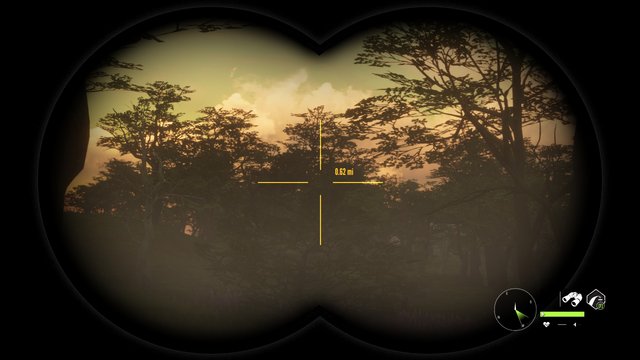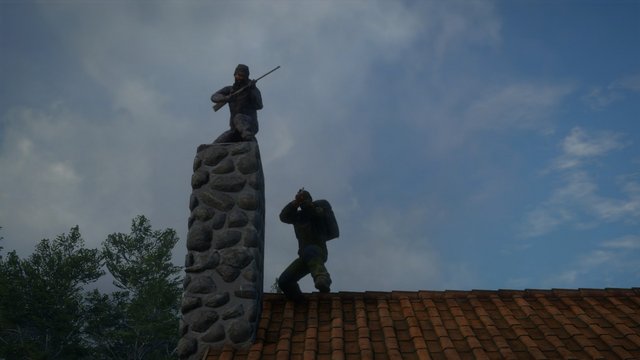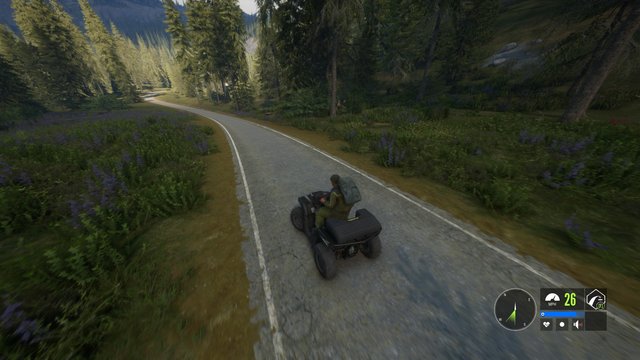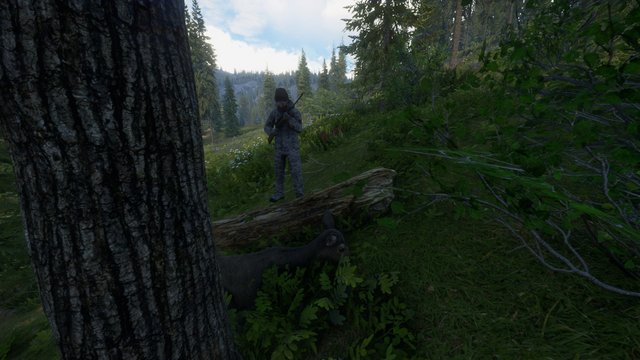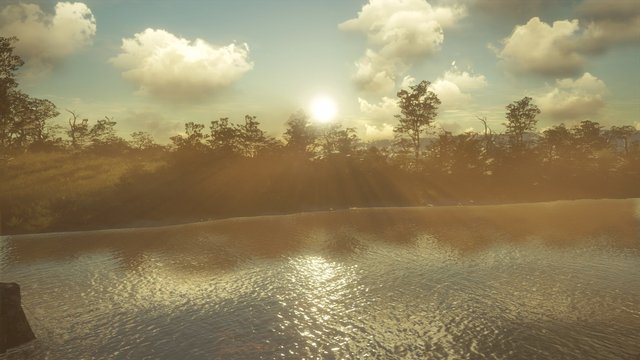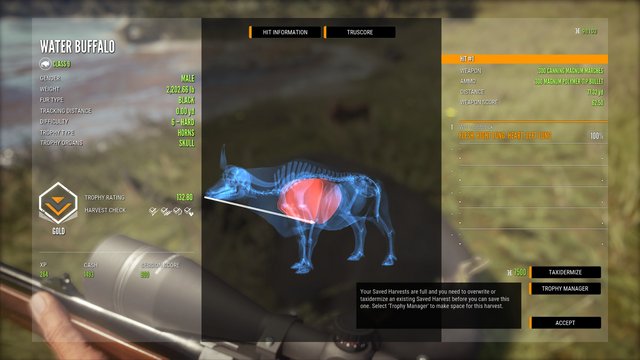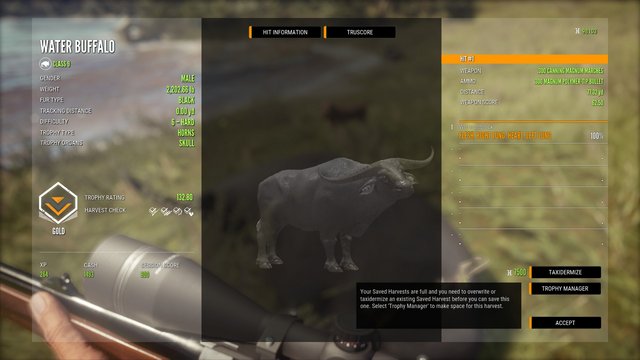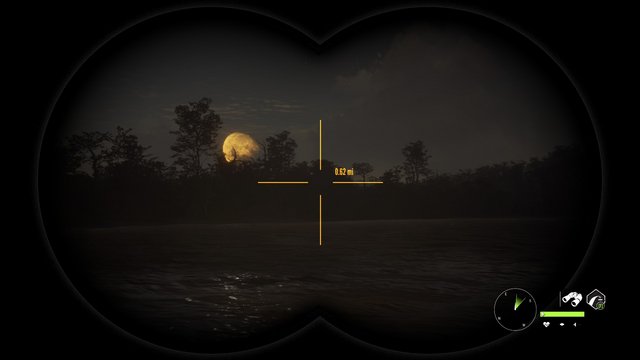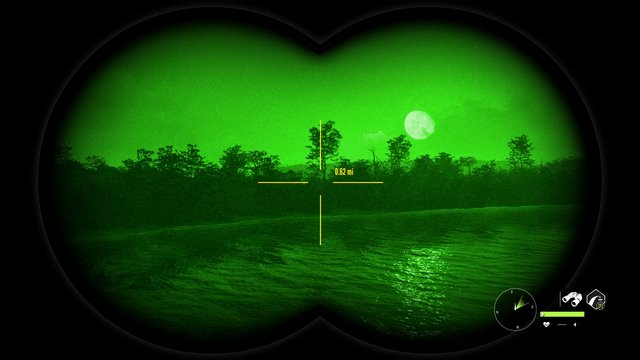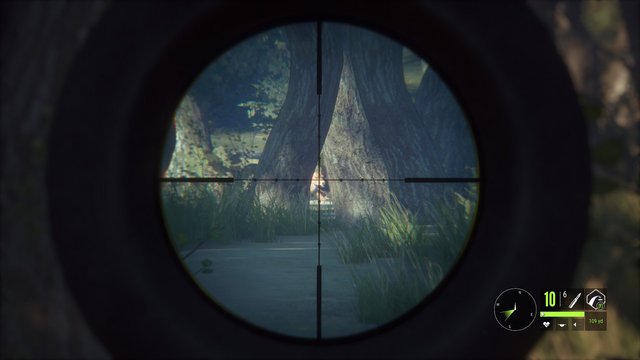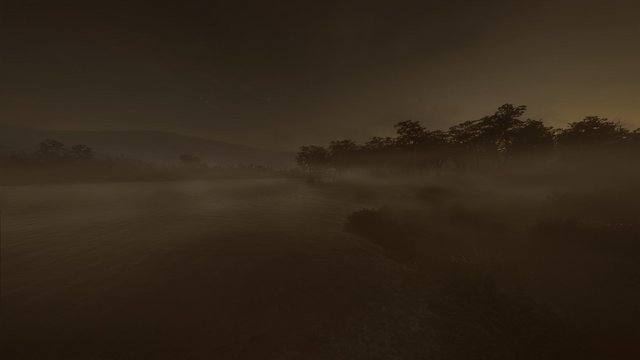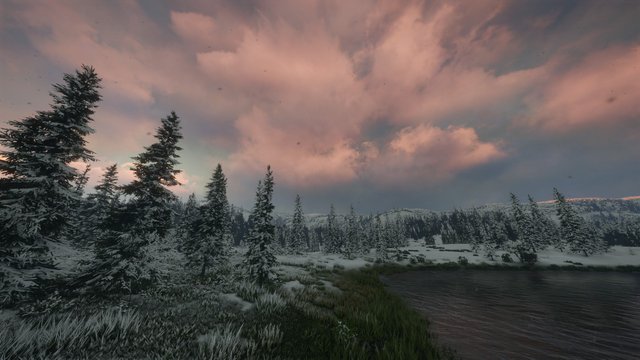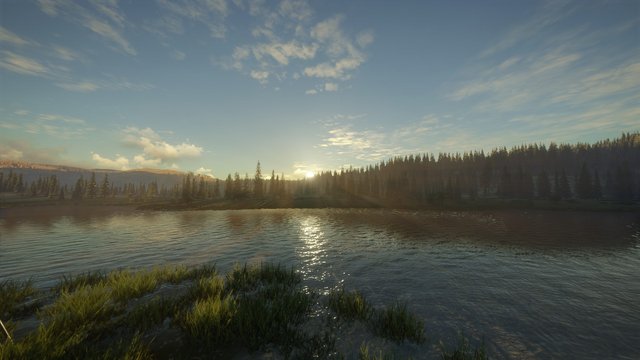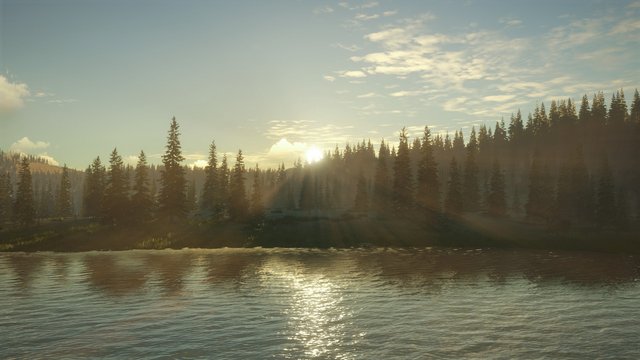I'll be adding some tutorial links before the game goes live on Epic on the 25th November.
The Hunter: Call of the Wild is a really entertaining game, that's recently given me nape of the neck hair raising & spine tingling shivers, plus adrenaline fuelled moments; but it's not an action packed roller coaster ride of shooting like many of the FPS games we play.
If you own the complete edition, there's ten large reserves to explore and hunt that will keep you entertained for a long time.
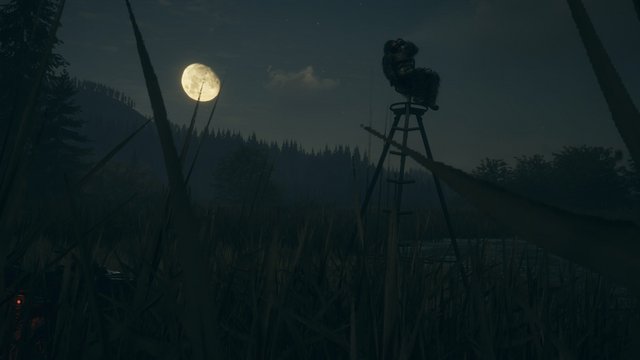
The base game that will be given away via Epic Games on the 25th November includes two reserves Hirshfelden Hunting Reserve (Located in the heart of Europe, Hirschfelden is a large hunting reserve with a predominant mix of deciduous beech and aspen forests surrounding rolling hills and farmlands. The western parts of the reserve contain more challenging hunting grounds along mountain slopes and deep spruce forests. Hirschfelden Hunting Reserve is home to the fallow deer, the wild boar, the roe deer, the European bison, the red deer, the red fox, the Canada goose and the European rabbit.) & Layton Lakes (Layton Lake District provides hunters from all over the world with a taste of the untamed wild, with few traces of civilization. Located in the Pacific Northwest, the area is predominantly covered by spruce, larch and aspen forests, rocky mountain slopes and marshlands in between. Plan your hunting trip carefully before taking on some of the most sought-after game like Moose, the Black Bear, the Roosevelt Elk, the Whitetail Deer, the Coyote, the Blacktail Deer, the Mallard, and the Jackrabbit.); both are massive reserves, plus you can buy eight add-on reserves separately if you've only have the base game. (the free to play TheHunter Classic has all the reserves included, but the graphic isn't quite up to the standard of the newer paid for version). The 2019 bundle includes two extra reserves (Vurhonga Savanna and Medved-Taiga), which is the one I purchased a couple of years ago (Nov 2019). The 2021 bundle includes four of the other eight reserves that are not included in the base game. Both those bundles also include weapon packs and other essential hunting equipment such as hides, animal callers and scents etc.
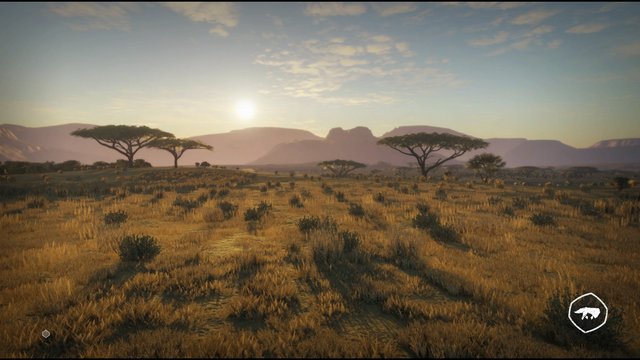
Some community members give the game a thumbs down because of the DLC content, much like many other AAA games released since the financial crisis of 2008 and complain that the game is just a cash cow, releasing extra content that should have been included in the original release; I strongly disagree. Each one of the reserve DLC 's are basically large add-on's with lots of missions & hunting experiences; and in my opinion are well worth the money you pay for them. They basically cost the equivalent of a few Starbucks coffee's (unless you live in New York, where they charge even more). You can buy the complete pack for less than £80 (and much cheaper when on sale), which is the going rate for most decent AAA games in 2021. The Humble project had the complete package on sale for £11 back in October and there are likely to be decent discounts over the coming months. (possibly to garner more players before a new hunting game is due for released sometime in the first quarter of next year.

When I played this game a couple of years ago I didn't bother to read any guides or watch any videos and it took me over 45 hours of game play just to reach level 8. A friend who purchased the game in the recent 2021 Summer sale, watched some videos by a You Tuber called JaxyBeard and these videos gave lots of useful advice for newbies to the game. I watched some of those videos; then, created a new character, which took less than six hours to get to the same level as my previous character that took over 45 hours. So, my advice is to watch some of JaxyBeards beginner videos on You Tube before you even start the game (see links near the end of this review) & also check out some of the excellent guides that are accessible from the games Steam library page before you even boot up the game. (I'll add some of those links later as I'm not sure if you can access them if you don't own the game on Steam. This review was posted on steam originally)
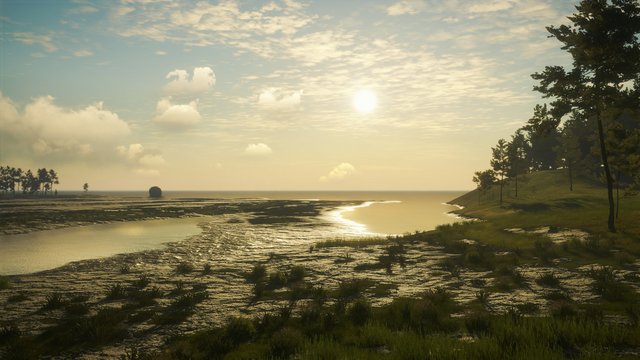
There can be lot of walking involved, and often creeping or going prone to get the best shots because the noise you make can scare away your prey; going prone creates the least noise and also gives you more cover to remain invisible. You'll probably start off getting bronze kills, & slowly work up to silver, gold & diamond. I still haven't attained a diamond rating, but if you check out JaxyBeards Hunter's Tool Kit he's added a map on the last page of the kit that labels a section of lake in the Leyton Lakes reserve as Diamond Alley. You can find his Tool kit HERE. It has a page for every reserve & lists all the animals found in each reserve as well as feeding, watering and resting area's (where you'll often find herds of animals if you go there at the appropriate times), the types of ammo suitable for shooting, what callers to use & if applicable, which scents are effective, as well as the class of the game. To get the best kills and especially ones suitable to place in your Trophy Lodge you need to know where to hit the animals for the quickest kills. Using only one bullet to take down a target and place it ideally in the heart or in the lungs will get you higher experience, more cash & more importantly a better weapon score. You can tell if you've definitely got a good killing shot in the heart or lungs because the blood splashes you'll find on the ground next to where you made your shot are larger than less effective, ''but still leading to the animal dying'' shots. Weapon scores are 'very' important as they unlock, better weapons, scopes & ammunition types. There's whole range of weapons from ancient .50 calibre ball shot muzzle loading rifles, WWI .303's to decent hunting rifles, as well as pistols shotguns & bows, that should keep you entertained for ages to come. I tried the muzzle loading .50 calibre the other day & was surprised at it's effectiveness. I took down a moose with just one shot; though I nearly lost where I'd actually dropped him because of the copious amounts of smoke those old flintlocks create which hid the animal from few for several seconds.
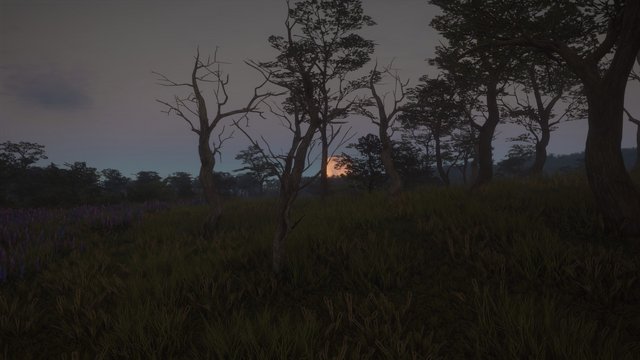
If you have access to Tripods, you can set up camp near any need zones you have uncovered and wait for the animals to appear. I've found around lakes an ideal camping ground as all animals need to water.
Basically, when you first start the game, do the missions that are included with each reserve. They are not hard to complete but earn you lots of XP & cash as well as some weapon score because some of the missions involve hunting and harvesting your kill. The XP earns perks & skill points (every 2 levels you get alternately a skill then a perk). These are used to improve things such as tracking and spotting distances more efficiently & improving your aim via breathing & wobble movements. Also, the cash enables you to buy better weapons. However to use better weapons as mentioned briefly above, you have to earn weapon points, which are earned by killing & then harvesting animals that you've hunted. The rarer the animal, the cleaner the kill; i.e. try to hit the heart, then the lungs (in that order) earns you better weapon points, but also, the fewer shots you take; i.e. get a kill with just one shot is the target you aim for. Any more than two shots will reduce your weapon score significantly; plus the faster they drop post hit, the better the weapon score.
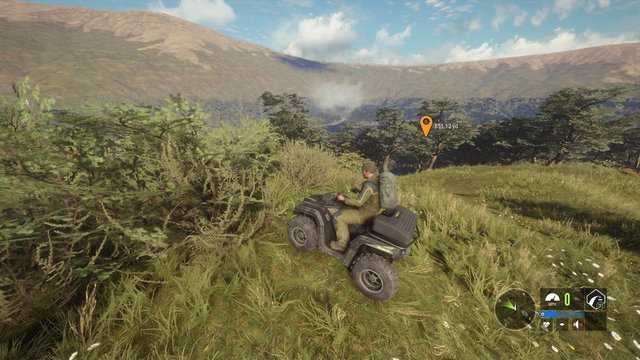
There is a lot to learn, but the game play is addictive and fun & very rewarding once you've sussed the basics. The only way to do that is to get some game time in. Playing cooperatively does not allow for missions, which are your big XP & cash earners. If you are joining someone else's reserve, if and when you find feeding, watering and resting places; bear in mind they will not appear on your solo version of the reserve; however, any base camps (where you can fast travel too) or viewpoints 'will' show on your reserve. Also, do not build those raised wooden hunting hides on others reserves as it won't be present on your solo reserve. When I built one on my own reserve when a good friend had joined me, he wasn't able to see the hide. They generally cost 2500 in-game money to build each one & there are lots scattered around each reserve (usually near hot spots). Building a raised hunting hide earns XP as does finding places of interest that usually give interesting facts about the reserve. All the information you glean from the game as you find or earn it is kept in the Codex and can be accessed at any time..
My advice before joining a cooperative game; play solo on each reserve to get to know the lay of the land as well as some experience before you even consider playing cooperatively; which is a totally different experience to the solo game. Setting up a multiplayer game is really easy and besides playing cooperatively, there are almost 40 different competitive missions you can compete with your friends.
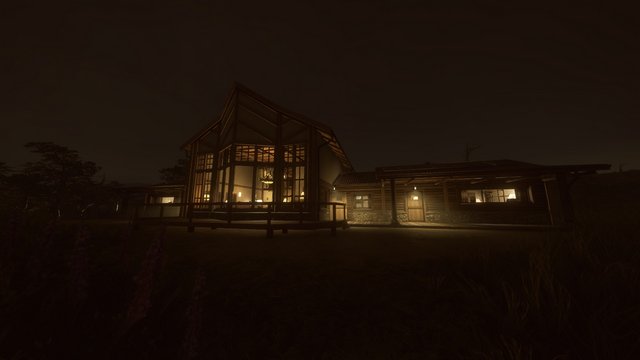
Because the reserves are so large, it's worth investing in the ATV DLC to get you around quickly (it's included with the 2019 edition but not the 2021 edition); especially when you first play the game. As you progress you unlock cabins that enable you to restock with ammunition and hunting equipment you have, change your weapons or buy more stores from the shop. They also act as spawn points enabling you to fast travel between each cabin in the reserve you are located in; (you can't travel between reserves). If you have the tent & ground blinds DLC
(It was included with the 2019 edition so don't know if a basic tent is included with the base game). You can use tents as mobile spawn points as well as an equipment store and are particularly useful when playing cooperatively. However, if you are joining someone else's reserve, be sure to pack up your tent before leaving as we noted that if left it will disappear from your inventory until you return to that same friends reserve.
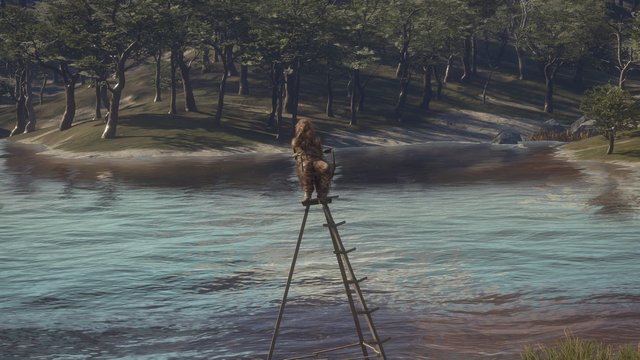
One word of advice, when you are able to buy first aid packs, I would get one because you will at some point get attacked by the animals you hunt. My first experience of this was when a bison charged me after wounding him and I died instantly; others such as a wild boar & various species of deer have injured me badly. If you die, you re-spawn at the closest spawn point located near to where you died. Each map has lots of cabins to unlock as well as view points. Viewpoints are important because they add more places on your map of the reserve to find within the bounds of the viewpoint such as where to discover cairns that tell you some of the history of the reserve & build hunting towers; (they show up as green circled question marks until you've travelled to them). All these give you 100 experience points unless they were part of a mission, in which case you can get a lot more XP.
To help with your tracking, there's even a bloodhound DLC you can get, that does the job really well if you give him/her encouragement & treats (which you have to pay for using the money you earn from hunting & completing missions. You can actually save a lot of time employing your bloodhound once you've got a kill that wasn't instantaneous. Game will often run for hundreds of yards/meters before dropping, unless you got a heart or lung shot, and it can be difficult to track unless you've spent some of your perks & skill points on various abilities. Your bloodhound also levels up in two different categories, Companion that unlocks new traits & how attentive your dog is to your commands & Tracker that affects how fast & effective your dog is at tracking.
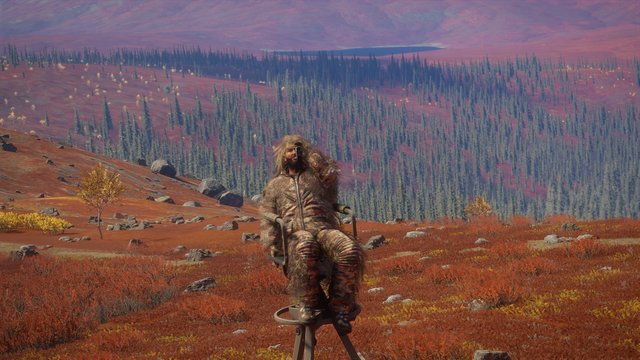
There is much more to this game than I've detailed above, so I will be updating this at some point to tidy it up and add lots more info about the game play.
In the meantime check out the You Tube beginners guides by JaxyBeard i.e. Episode 1 , Episode 2 and Episode 3. If I'd seen these when I first got the game back in 2019 I'd have been playing it a lot more. Brilliant game that I've thoroughly enjoyed playing more than most games I've played over the last several years.
Oh yes, there are several free DLC's included with the game, that include extra species, a compound bow, a back pack that enables you to carry more and can be useful if you want to carry a range of rifles with you on your hunts. Plus, there are a few shooting range's to get some shooting practice in as well as checking bullet drop at different distances so that when it comes to the real thing, you can get more accurate shots. The ranges that you should find in most reserves have targets from 50 meters to 500 meters, at 50 meter intervals. You can set the game to metric or imperial measurements. I'm an old fogey & despite the UK going metric in the early 1970's I was taught all the old imperial measurements before we were forced to learn metric (which is much simpler), but I love those old measurements.
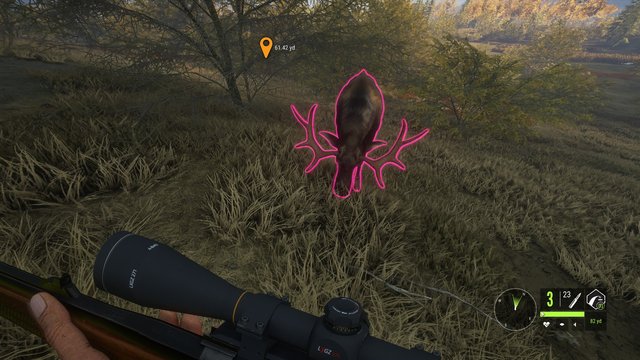
Shooting and hitting any animal creates hunting pressure, which is shown as a coloured area on your map of the reserve; the higher the hunting pressure the more likely that the animals that usually go to that particular place for feeding, resting or drinking will avoid the place. You can see how much hunting pressure is present by the colour of the area, starting with a grey, then a very light pink, light pink, bright pink then very bright pink. If you continue to shoot animals in an area with a high hunting pressure it will take a lot longer for that area to recover. The very brightest pink is bad and can take weeks of game time to recover.
Game time is measured in a quarter of an actual day; so, 24 hours is equivalent to 6 hours in real time game play. You have to be playing the game for the time to count & you also have to be harvesting animals in other area's of the reserve for the hunting pressure to reduce in other area's. The best way to keep hunting pressure low is to use the build-able hunting structures that are scattered around each reserve.
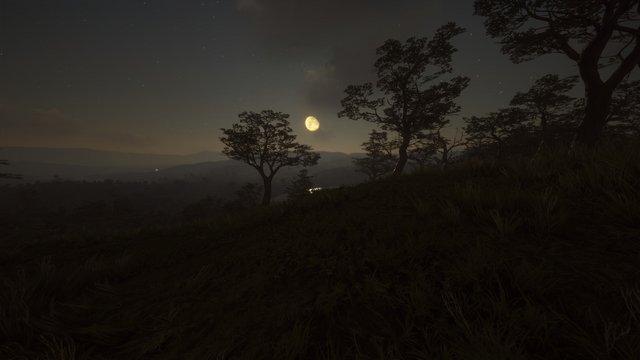
These are usually placed in ideal spots for finding lots of animals that may be using the area's as feeding, watering or resting zones i.e. need zones; the more of these that you've unlocked on each reserve, the more animals you'll find. These hide reduce hunting pressure significantly; e.g. killing 3 or 4 animals without a hide will cause that area to go bright pink. Using any one of the hides you can kill 3x as many in the same area before it goes bright pink; but you really do need to avoid getting to that stage. Apart from the hides that once you've built are permanent (they cost between 1700 - 2500 in game gold to build), you have various other types of hunting structures such as ground blinds, tent blinds, tripod & tree blinds, all of which reduce hunting pressure significantly. Tripods are particularly useful and give you a 360 degree view above ground, so you see a lot further.
When playing multiplayer, unless you want your reserves to be covered in bright pink area's always create a private server so that only friends can join. I made the mistake of creating a public server. Within less than a minute I had two bright pink area's on my reserve from two community members that I did not know. If you want to create a public server I'd advise you to create a separate save for that purpose. Playing cooperatively with friends can be a lot of fun, but there are some negatives, for example if you build a hunting structure they cannot see or use it unless they have also unlocked it. Most of the raised hunting structures only allow one person at a time to use them even if two friends have the structure in their solo game.

If playing cooperatively with friends I would advise that you take it in turns to host a game so that the hunting pressure that is added to your reserves are shared; or again create a save for that purpose. Like all Avalanche Studio games the save is located inside the documents folder and only one save is present so you'll need to back up your solo save if you decide to play cooperatively. I usually keep a back up just in case something goes wrong; e.g. when I played one of their other games called Generation Zero, I'd got about 15 hours of game time in when the game crashed during a save and it corrupted the save file so I had to start from scratch. Thankfully this hasn't happened with Call of the Wild after over 300 hours of game time, but it's always a good idea to keep backups just in case.
I nearly forgot to mention; always try to spot an animal before you shoot it. When you spot an animal, it will mark the spot on your map until you've harvested the animal (assuming you manage to shoot and down it). If anything it's the place to go to if you've lost track of the animal or have made several kills from your hide or tripod before harvesting. Each spotted animal from different herds will then be marked on your map. Take your bloodhound with you and you're guaranteed to harvest all or most of the animals with little trouble. There are instances where you may have only winged an animal, so you'll get blood spots, but these may reduce in number as you track the animal. If they disappear within several spots of blood, it's a good chance the animal survived your bullet and is long gone; that said, it's not very often that happens if you've know where to aim for the kill shots (heart and lungs).
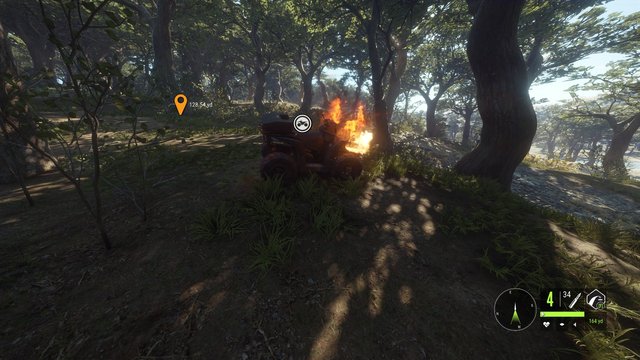
Plus have made sure you've zeroed in your weapon (assuming you've unlocked those skills) for the correct distance; for example if you have your rifle zeroed in for say 364 yards, but the animal is much closer, you're likely to miss the shot if you aim for the heart as it will go much higher than where you are aiming for, conversely, if you've zeroed in for a short kill i.e. say 80+ yards (those distances will be shown on your spotting scope (assuming you've purchased one from the store). The default binoculars do not give you distances from the animals you spot) but are aiming at an animal 300_ yards away it will again fall short. Always remember to re- load and zero your rifle before actually shooting as this can mean the difference between getting a diamond kill or missing completely.
